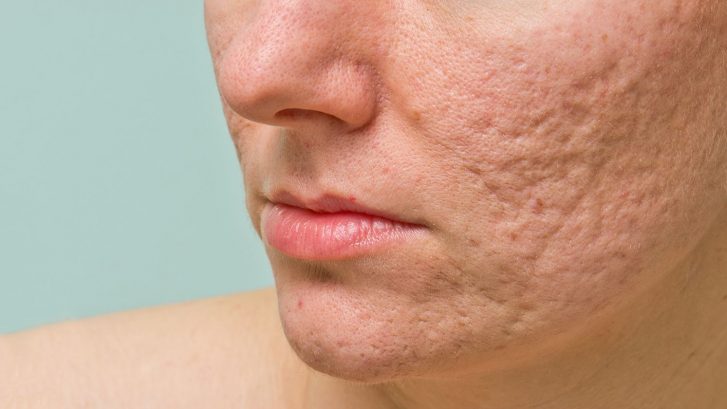Micro-Needling vs. Chemical Peels: Choosing Between Acne Scar Treatments
Roughly 85% of the world’s population has or will experience acne in some form sometime throughout their lifetime. That equates to about 50 million Americans dealing with acne each year.
If you have acne scars and want to know what options you have regarding treatment, take a moment to learn about the two most common acne scar treatments. You’ll also learn about the different types of acne scarring that occurs and what treatment works best for each condition.
What Is Micro-Needling?
The procedure uses tiny needles that are sterilized and pressed into the subdermal layers of the skin.
This allows the body to create more capillaries, collagen, and elastin, the two healing substances within your skin. If the procedure involves radiofrequency waves, it is called radiofrequency micro-needling.
The skin grows back smoother and thicker and works by reducing pore size, hyperpigmentation, and skin discoloration. Micro-needling treats other skin conditions, like fine lines, stretch marks, and cellulite, to name a few. It even treats hyperhidrosis. Yet, it is extremely effective at treating acne scars.
Benefits of treating your acne with micro-needling include:
- Reduces redness
- Evens skin tone
- Improves skin elasticity
- Minimally invasive
- Little to no downtime
- Reduces enlarged pores
What is a Chemical Peel?
The procedure involves acid treatments that remove the outer layers of the skin. Chemical peels are proven effective for treatments of dermatological conditions and plastic surgery procedures, including Glycolic peels, Trichloroacetic Acid (TCA) peels, and Phenol peels.
Benefits of treating your acne with chemical peels include:
- Eliminated skin discolorations
- Smooths skin
- Fades acne scars
- Evens skin tone
- Reduces enlarged pores
- Improves appearance
Most Common Types of Acne Scarring (and Best Treatment)
Here are the most common types of acne scars:
Atrophic Scars
Characterized by flat, shallow depressions that healed below the surface of the skin. These scars are typically due to cystic acne, although other types of acne can cause these scars.
Patients might experience boxcar scars, icepick scars, or rolling scars. Healthline has an article discussing the qualities of these types of acne scars.
Best Atrophic Scar Treatment
Doctors might opt for a combination of micro-needling and chemical peel treatments working in tandem.
Post-Inflammatory Hyperpigmentation
This condition leaves skin with dark and discolored marks left behind after the acne heals, usually caused by severe acne. Most treatment includes a good sun protection regimen and time.
Best Post-Inflammatory Hyperpigmentation Treatment
Those looking for medical skin treatment should consider micro-needling.
Hypertrophic and Keloid Scars
Characterized by raised lumps of scar tissue, this condition occurs when acne is severe. These areas are often much larger than the acne was and can continue to grow beyond the original acne site.
Best Hypertrophic and Keloid Scars Treatment
Treatment involves reducing the height of the scars using chemical peels.
Choosing the Right Procedure for Treating Your Acne Scars
Your skin tells the story of your life. Laugh lines, wrinkles, scars on your knee from when you cut it open hopping a fence when you were a kid, all are like little badges of honor.
Unfortunately, not all scars have a story people want to tell, and no one wants to talk about the blemishes left from acne breakouts. Luckily, there are effective treatments for acne scars, including micro-needling and chemical peels. Dr. Binder offers treatments that will help improve the condition of your skin.
Still wondering which procedure is right for you? Contact Dr. Binder’s office to schedule a consultation today.

